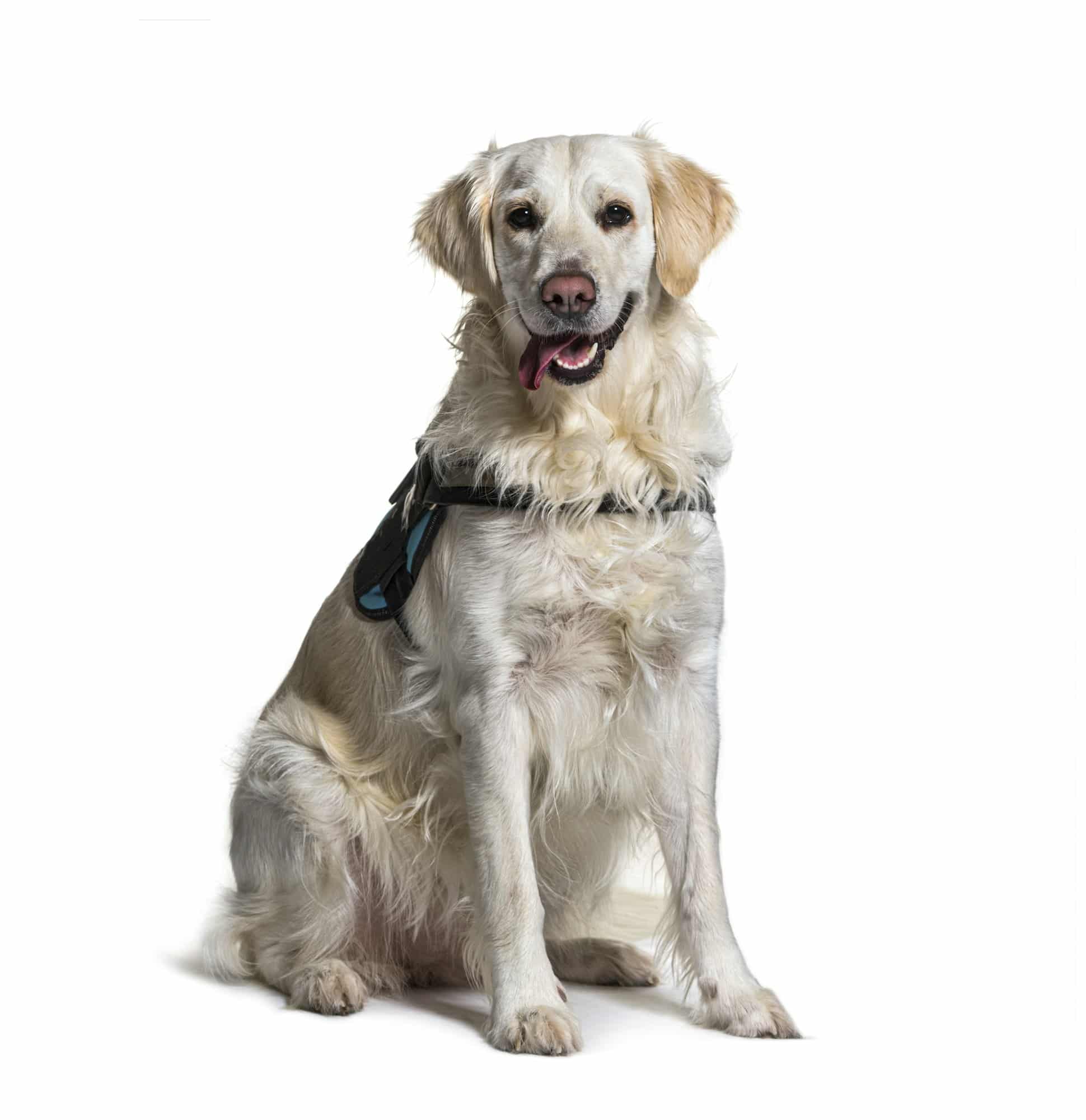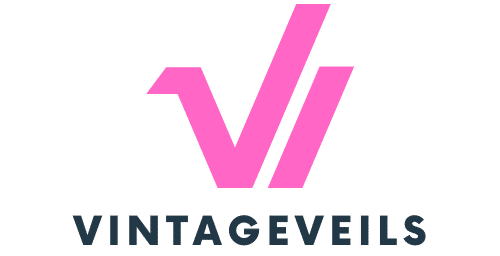How to Choose the Right Harness for a Brachycephalic Dog Breed Like a Pug?

The love for our dogs often translates into the care we provide for them. One of the critical aspects of this pet care revolves around the selection of the right harness for your beloved pup. But how do you navigate this task, especially if you own a brachycephalic breed like a Pug? This guide offers a comprehensive approach on how to select an appropriate harness for such breeds, focusing on key factors like fit, size, front pull, and chest comfort.
Understanding the Needs of Brachycephalic Breeds
Before diving into the specifics of harness selection, it’s essential to understand the unique needs of brachycephalic breeds. These breeds, which include Pugs, Bulldogs, and Boston Terriers, have distinct physical characteristics—most notably, a shortened snout and a flat face. Due to these attributes, they often experience respiratory issues, making the choice between a collar and a harness a critical one.
En parallèle : What Are the Optimal Aquarium Conditions for Breeding Neon Tetras?
Many dog owners prefer collars due to their simplicity and ease of use. However, collars sit around the neck, and for brachycephalic breeds, this can lead to increased pressure on the throat, exacerbating respiratory problems. Harnesses, on the other hand, distribute the force across the dog’s chest and back. This relieves pressure from the neck, making harnesses a safer and more comfortable option for dogs like Pugs.
Selecting the Right Size and Fit
When the health and comfort of your pet are at stake, ensuring a proper fit for your dog’s harness becomes paramount. Getting the right size ensures that the harness is neither too tight, causing discomfort or chafing, nor too loose, where it might slip off.
A lire aussi : What’s the Best Way to Manage a Multi-Cat Household to Reduce Stress and Conflict?
To ascertain the correct size, take measurements of your dog’s neck, chest and weight. Many harness manufacturers provide size charts, making it easy to match your pet’s measurements to the appropriate harness size. Always remember that sizes can vary between brands, so it’s crucial to check each time you buy.
The fit of the harness is equally important. The harness should sit comfortably on your dog’s body without impeding their movement or causing discomfort. Look for adjustable harnesses that allow changes to the fit as your dog grows or gains weight.
Front-Clip or Back-Clip Harness?
Harnesses come in two main types based on where the leash clips onto the harness: front-clip and back-clip. The choice between the two depends on your dog’s behavior and your training goals.
Front-clip harnesses provide more control and are great for training dogs not to pull. By attaching the leash to the front, any pulling action will cause the dog to turn around, discouraging the pulling behavior. However, the leash may tangle under your dog’s feet, so it’s more suited for dogs that are trained not to pull.
Back-clip harnesses are more comfortable for dogs and are easy to put on. They are a great choice for calm dogs that don’t pull on the leash. But since they offer less control, they’re not the best for dogs that pull or are still in training.
Prioritizing Comfort and Durability
Comfort is key when choosing a harness for your brachycephalic dog. Look out for harnesses with padding in the chest and shoulder areas to provide extra comfort. Features like a breathable material can also prevent overheating, especially in warm weather.
Lastly, prioritize durability. Dogs can be tough on their gear, and a broken harness can pose a safety risk. Look for harnesses made from high-quality, durable materials that can withstand pulling and general wear and tear.
Training Your Dog to a New Harness
Introducing a new harness to a dog may take some time, especially if they’re used to collars. Begin with short periods of wearing the harness, gradually increasing the time as your dog becomes more comfortable. Reward your pet with treats and praise during this process to create a positive association with the harness.
Choosing the right harness for your brachycephalic dog breed is a task that demands careful consideration. But with a clear understanding of the unique needs of your pet, the selection process becomes less daunting and more rewarding. Remember, it’s all about ensuring the comfort, safety, and happiness of your beloved pet. So, invest time in making the right choice, and enjoy the peace of mind that comes with knowing you’re doing the best for your furry friend.
Evaluating Buying Options for Dog Harnesses
Before making a purchase, it’s important to evaluate your buying options. From traditional pet stores to online shopping platforms, the options are vast. Each platform presents unique advantages, but also potential drawbacks.
Local pet stores offer the advantage of seeing the harness in person. You can inspect the durability, check the size, and sometimes even try it on your pet before purchase. However, the selection may be limited, and prices can be higher.
Online platforms, on the other hand, offer a broader range of dog harnesses. From front clip to back clip, step harness to dual clip, the variety is much greater. Plus, customer reviews provide insight into the product’s quality and effectiveness. However, the downside lies in the inability to physically inspect the harness and the reliance on accurate measurements for size selection.
When evaluating buying options, consider the return policy. If your harness isn’t the right fit, or your dog doesn’t adjust well to it, you’ll need to return or exchange it. So, it’s wise to shop from a place that has a hassle-free return policy. Some popular harness brands like Joyride and Gentle Leader are widely available and come with good return policies.
Knowing When to Replace a Dog Harness
Knowing when to replace a dog harness is crucial for the safety and comfort of your pet. A worn-out harness can break unexpectedly, leading to a potential safety hazard. Regularly inspect the harness for signs of wear and tear. Check the stitching, leash attachment areas, and the material itself.
Keep in mind, an active dog or a dog that pulls often may require more frequent harness replacements. On the other hand, small dogs and less active dogs may not wear out their harnesses as quickly.
In the end, there isn’t a set timeline for when to replace a dog harness. It depends on your dog’s activity level, the harness’s quality, and how well it’s cared for. Therefore, regular inspections are the best way to determine when it’s time to buy a new one.
Conclusion
The path to choosing the right harness for a brachycephalic dog breed, such as a Pug, involves understanding the unique needs of your pet, selecting the right size and fit, and deciding between a front clip or a back clip harness. Prioritizing comfort, durability, and evaluating your buying options further assist in making the right choice.
Additionally, knowing when to replace the harness ensures the safety and comfort of your pet remain uncompromised over time. While the task may seem daunting, the end result is rewarding as it contributes to the well-being and happiness of your beloved pet.
Raising a dog is a joyous journey filled with love and responsibilities. The choice of the right harness is a significant part of this journey. It’s more than just a purchase; it’s an investment in your pet’s comfort and safety. So, take your time, do your research, and make the best decision for your furry friend. Remember, a well-chosen harness contributes to a happy, healthy, and well-behaved dog.
